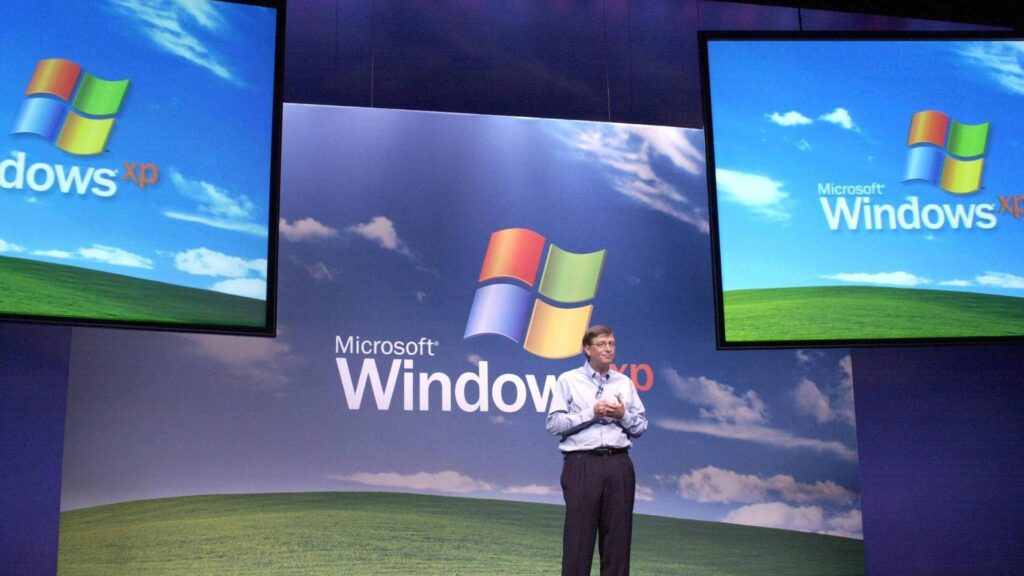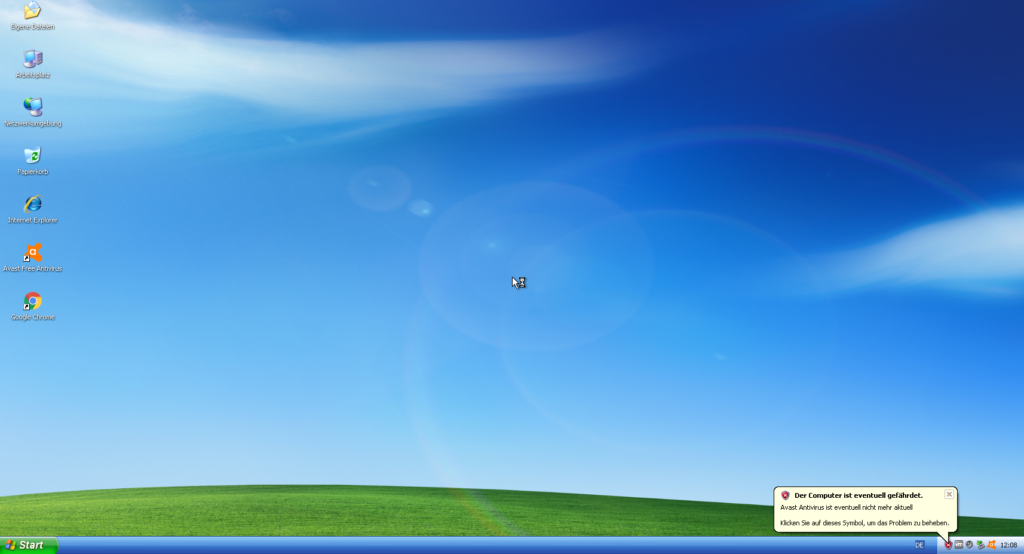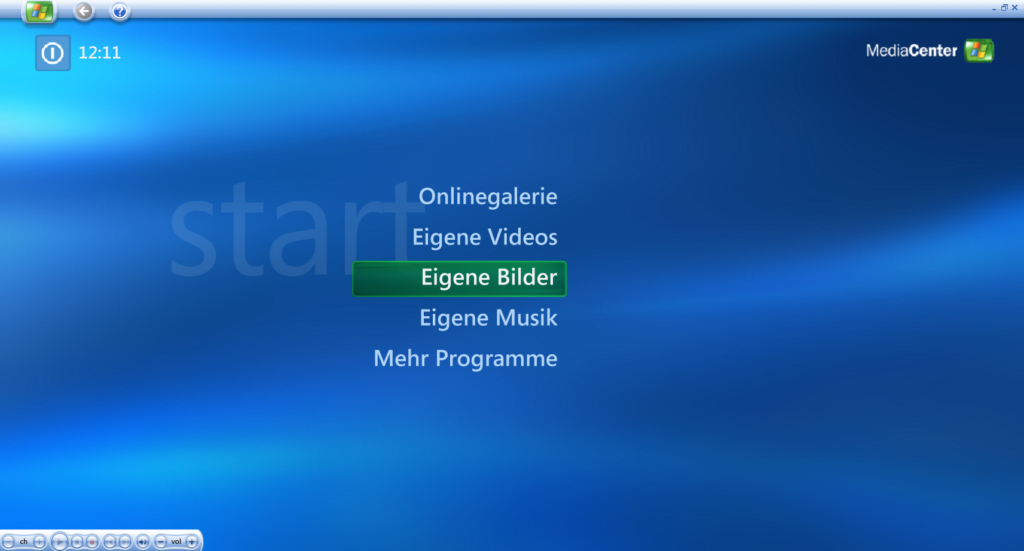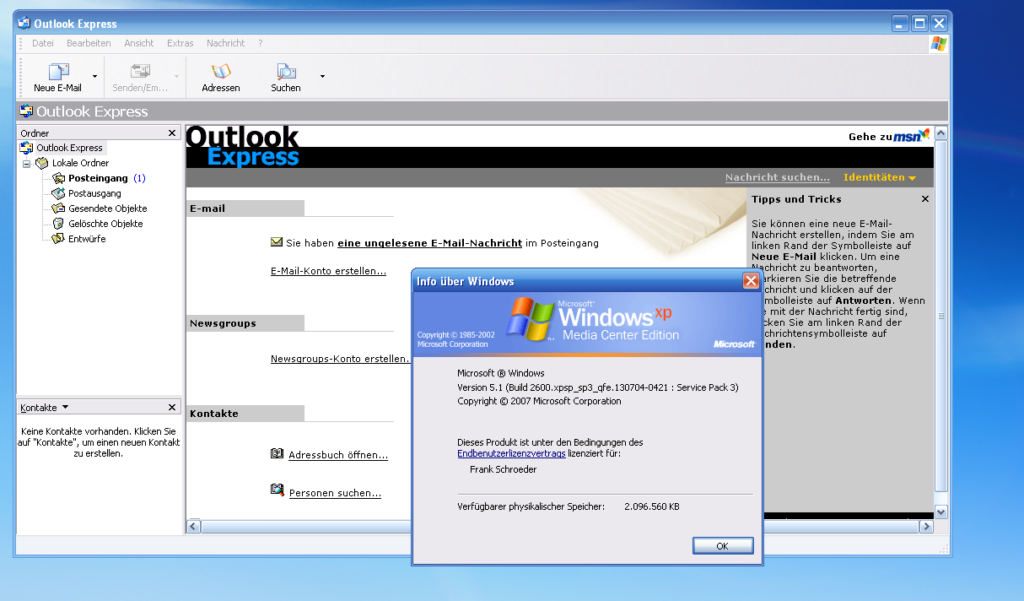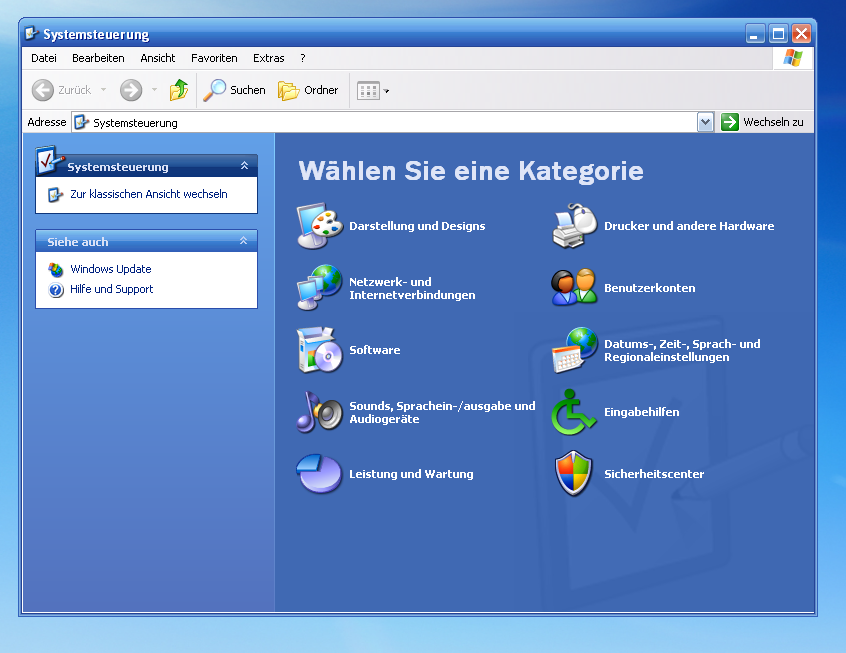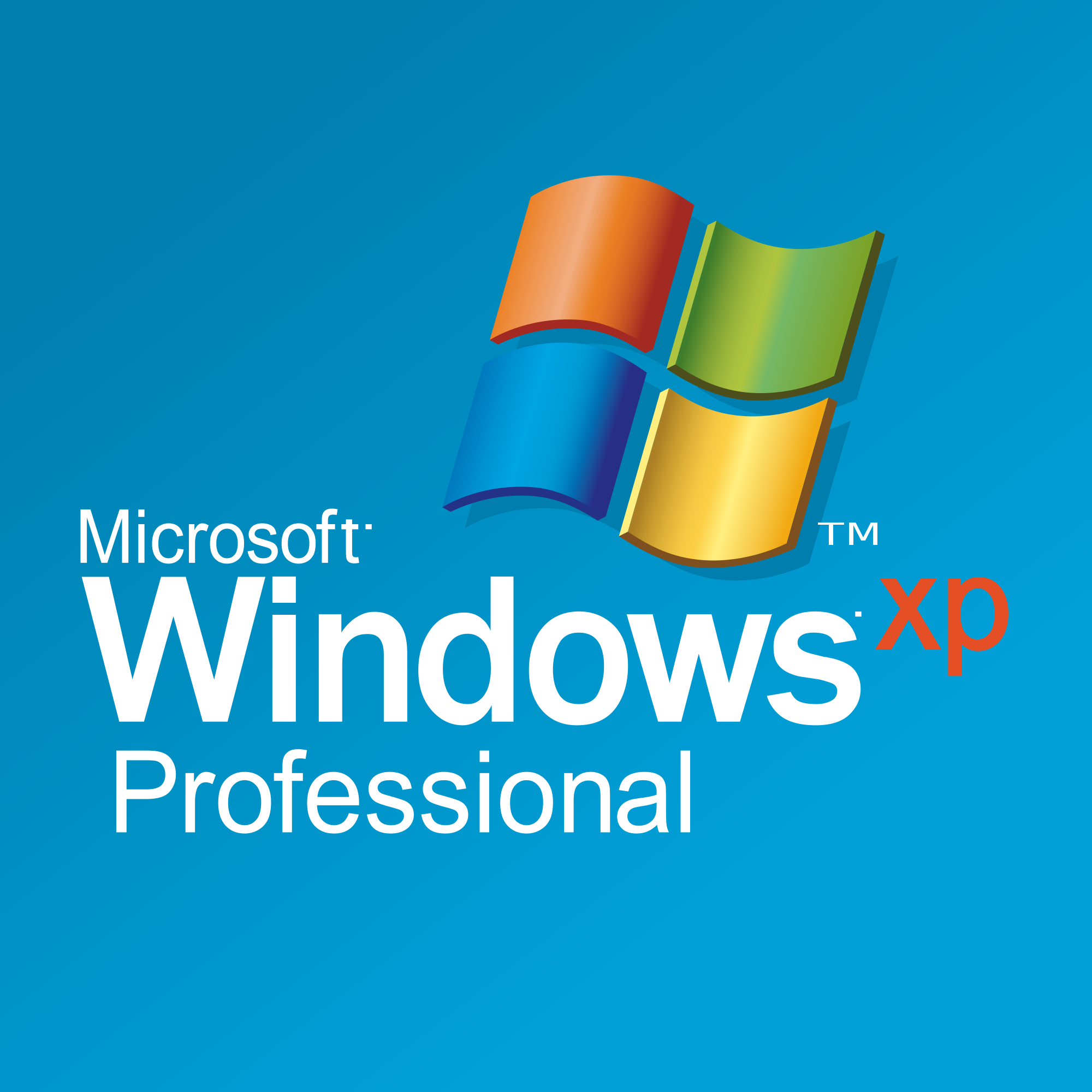
Windows XP
With the 2001 release of Windows XP, Microsoft united its various Windows packages under a single banner, offering multiple editions for consumers, businesses, multimedia developers, and others.
Introduction
Windows XP, released in October 2001, was a landmark release that combined the stability and reliability of Windows NT with the user-friendliness of the Windows 9x series. It introduced the Luna interface, a refreshed and colorful design aimed at enhancing the visual appeal and usability of the operating system.
Windows XP also brought improved networking and security features, making it one of the most popular and enduring versions of Windows.
In January 2007, Microsoft launched Windows Vista, aiming to provide a more secure and visually appealing operating system. Vista featured the Aero graphical user interface, which included a new look and feel, transparent window borders, and new visual effects. However, Vista faced criticism for its high system requirements and compatibility issues, leading to a mixed reception from users and critics alike.
Windows XP abandoned the long-used Windows 95 kernel (core software code) for a more powerful code base and offered a more practical interface and improved application and memory management.
|
Pentium 233 MHz |
RAM | 64 MB | |
|
DOS Version |
N/A |
Installation needed | HDD 1,5 GB |
|
Price (of the time) |
235,19€ (Home) |
Installation provided as | CD |
|
Other |
Windows XP Home Windows XP Professional Windows XP Media Center Edition Windows XP Professional XP x64 (first 64 Bit Windows) |
||
The introduction of Windows XP aimed to unify the consumer-oriented Windows 9x series with the architecture introduced by Windows NT, a change which Microsoft promised would provide better performance over its DOS-based predecessors. Windows XP would also introduce a redesigned user interface (including an updated Start menu and a “task-oriented” Windows Explorer), streamlined multimedia and networking features, Internet Explorer 6, integration with Microsoft’s .NET Passport services, a “compatibility mode” to help provide backwards compatibility with software designed for previous versions of Windows, and Remote Assistance functionality.
At retail, Windows XP was now marketed in two main editions: the “Home” edition was targeted towards consumers, while the “Professional” edition was targeted towards business environments and power users, and included additional security and networking features. Home and Professional were later accompanied by the “Media Center” edition (designed for home theater PCs, with an emphasis on support for DVD playback, TV tuner cards, DVR functionality, and remote controls), and the “Tablet PC” edition (designed for mobile devices meeting its specifications for a tablet computer, with support for stylus pen input and additional pen-enabled applications). Mainstream support for Windows XP ended on April 14, 2009. Extended support ended on April 8, 2014.
After Windows 2000, Microsoft also changed its release schedules for server operating systems; the server counterpart of Windows XP, Windows Server 2003, was released in April 2003. It was followed in December 2005, by Windows Server 2003 R2.
